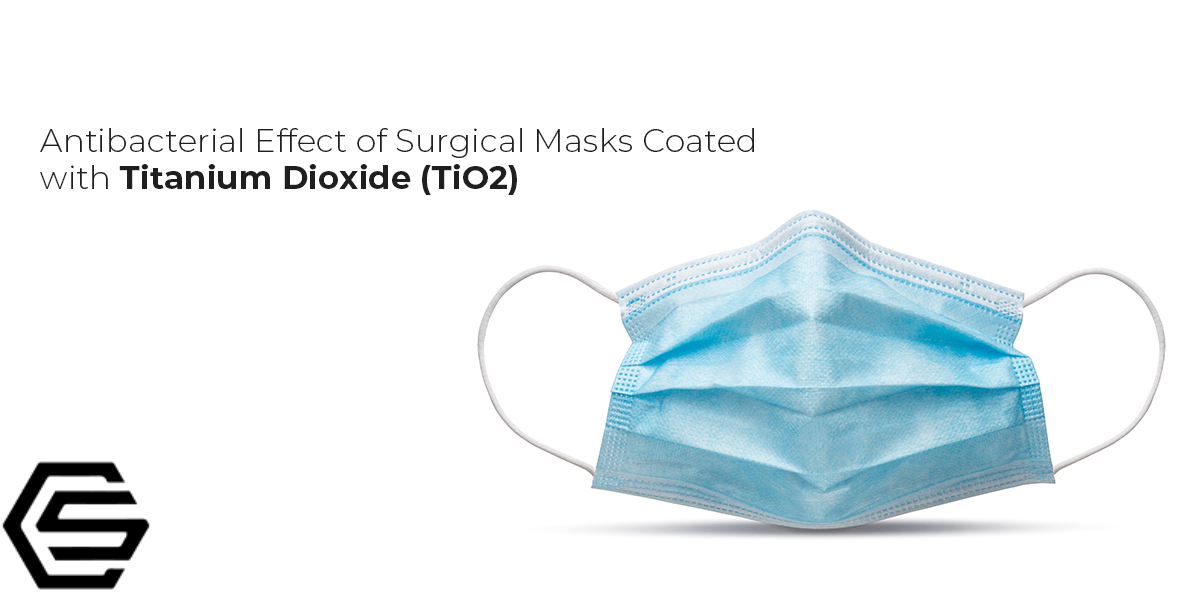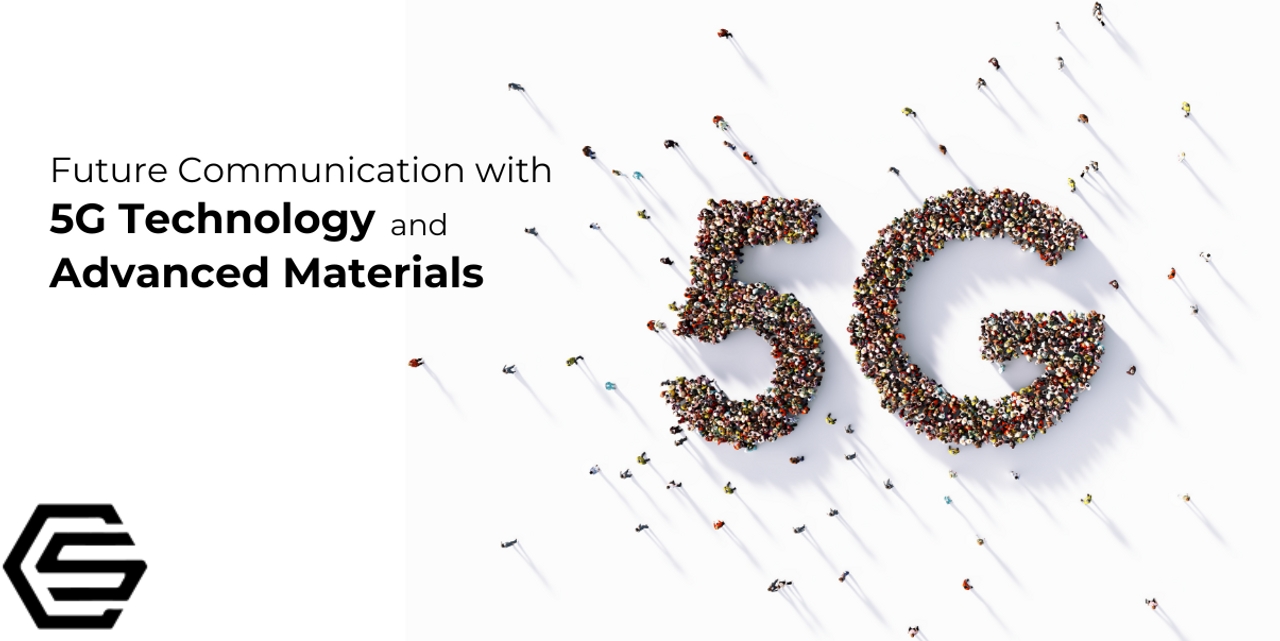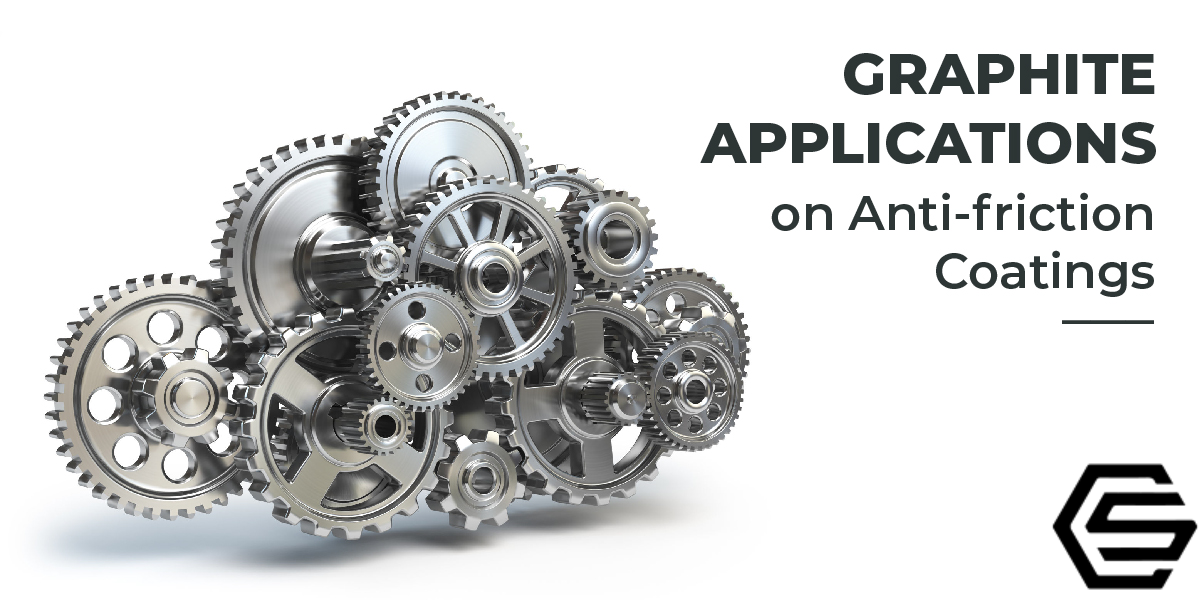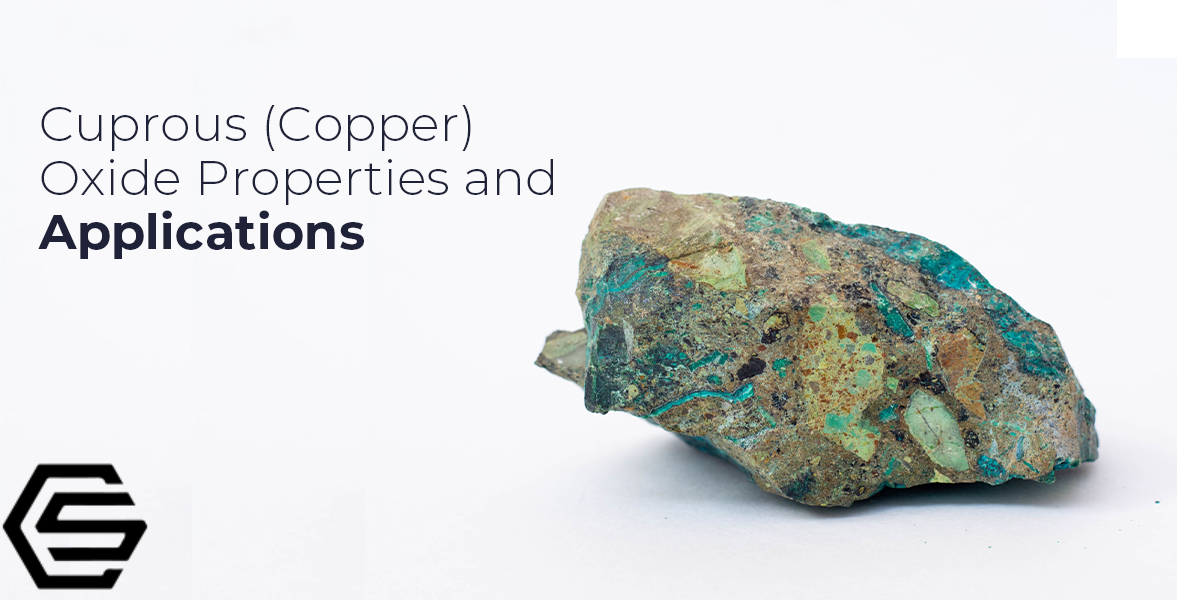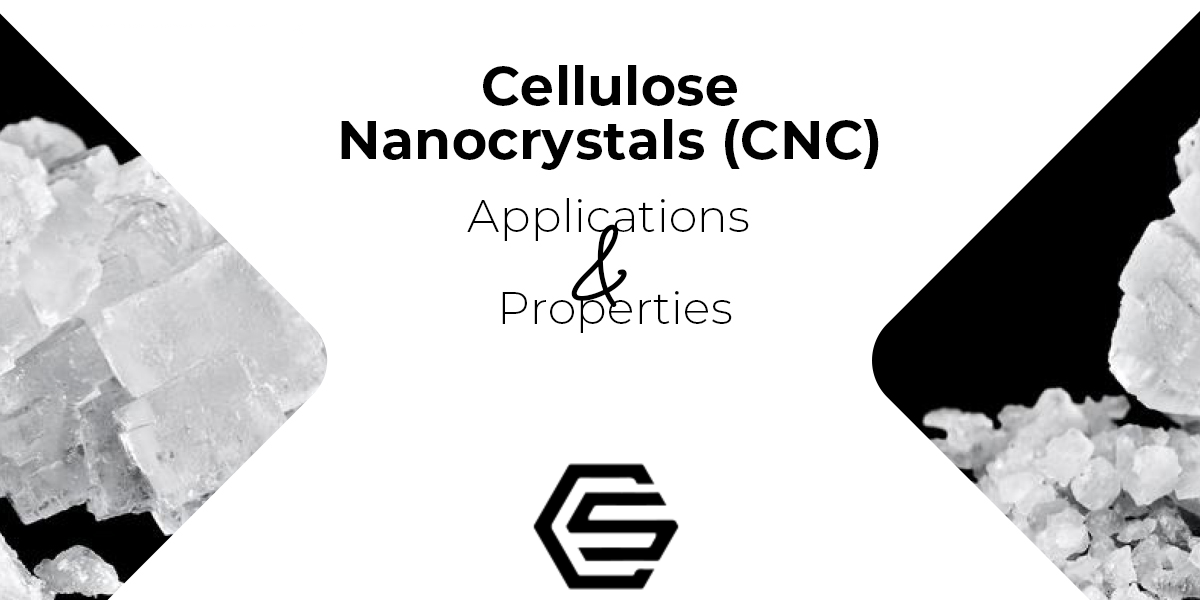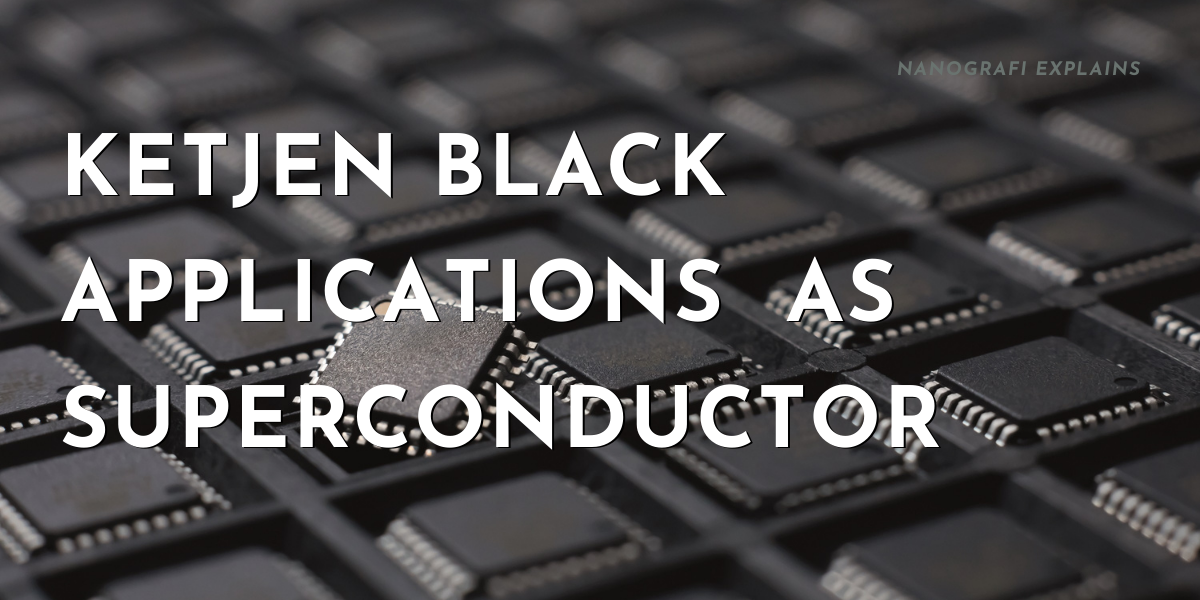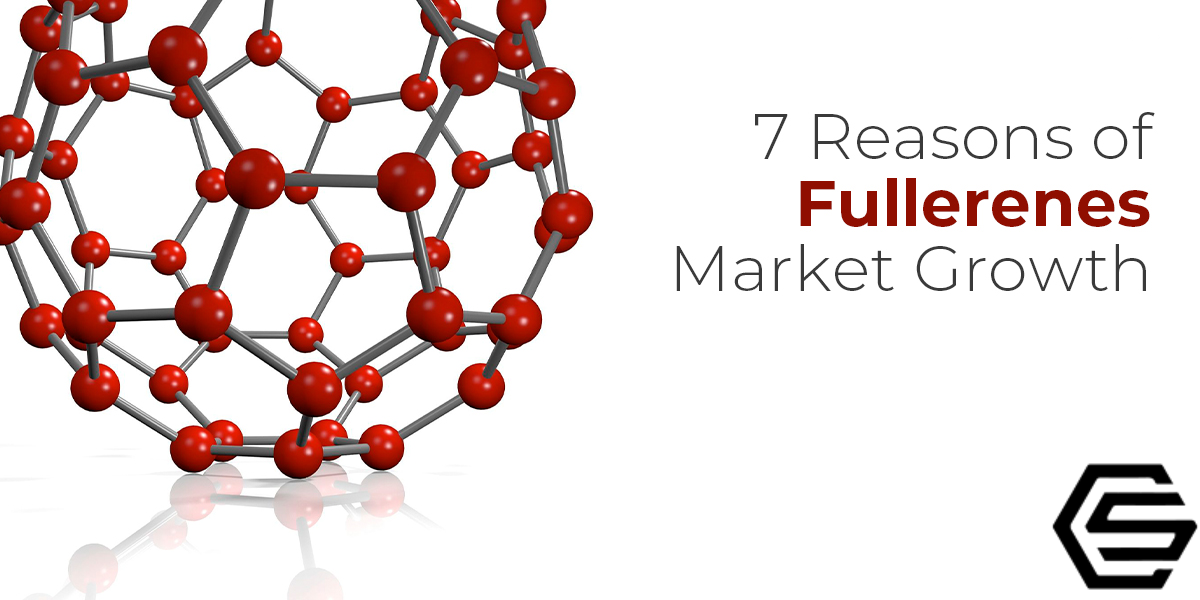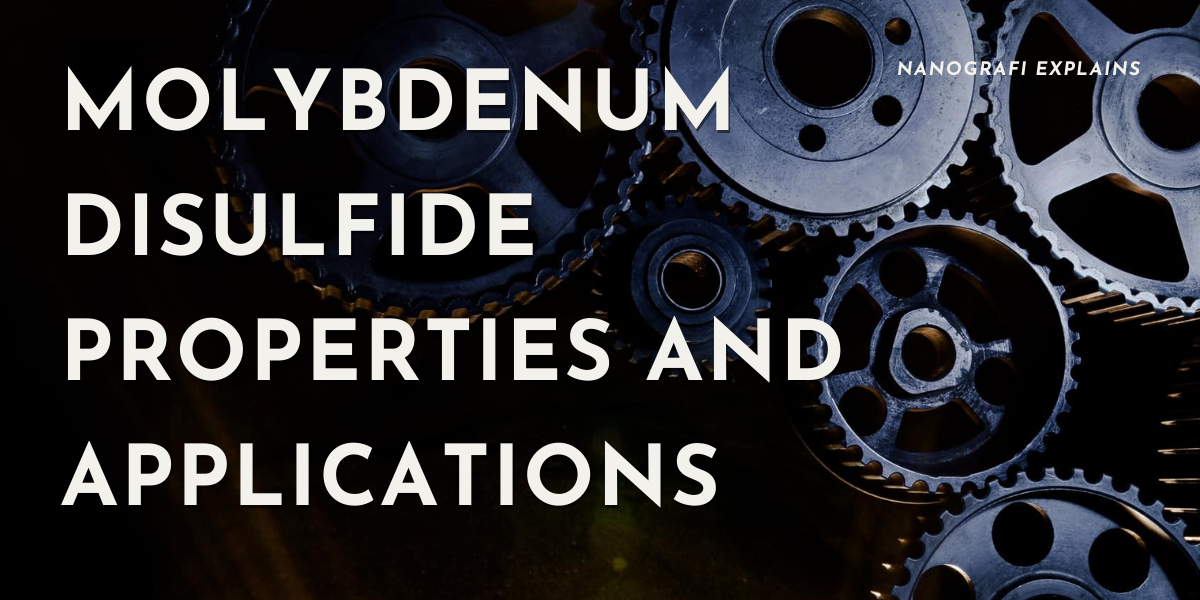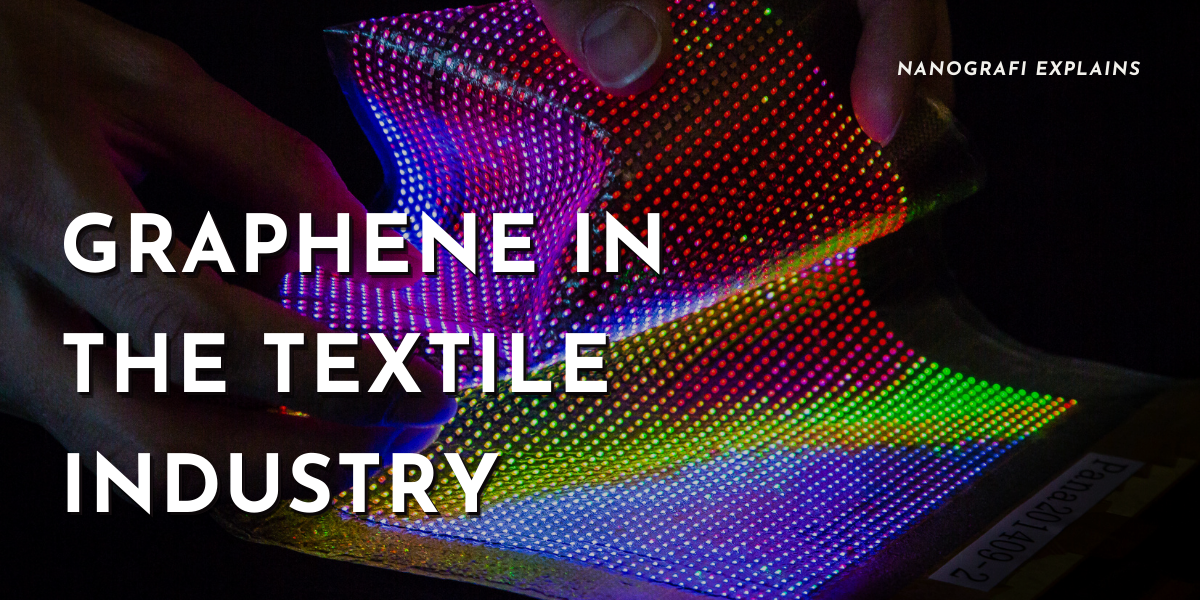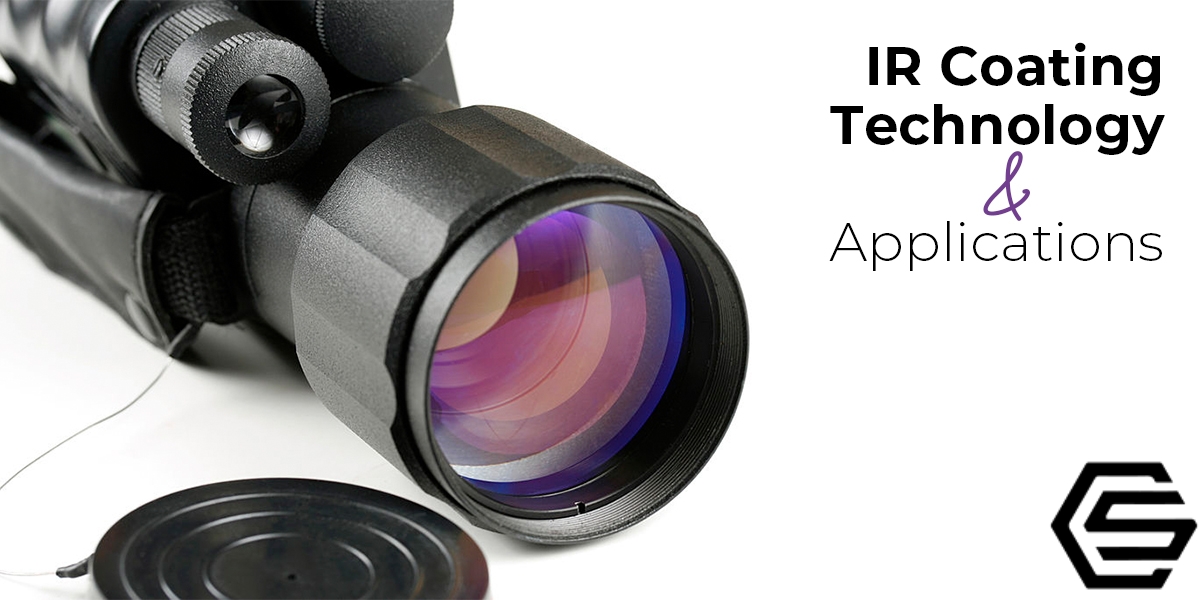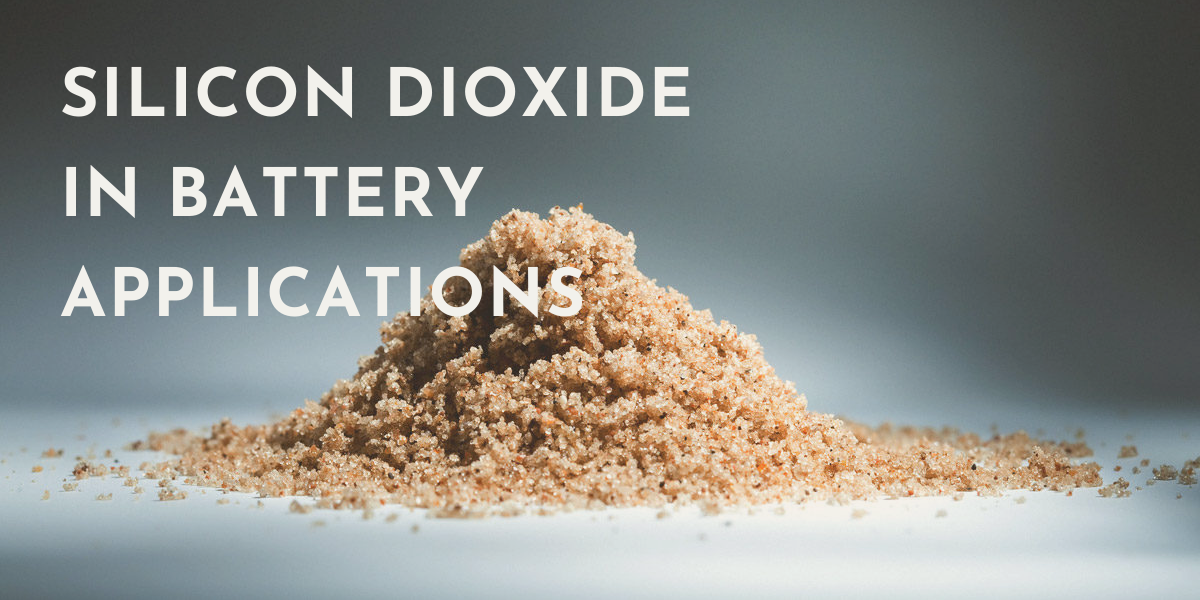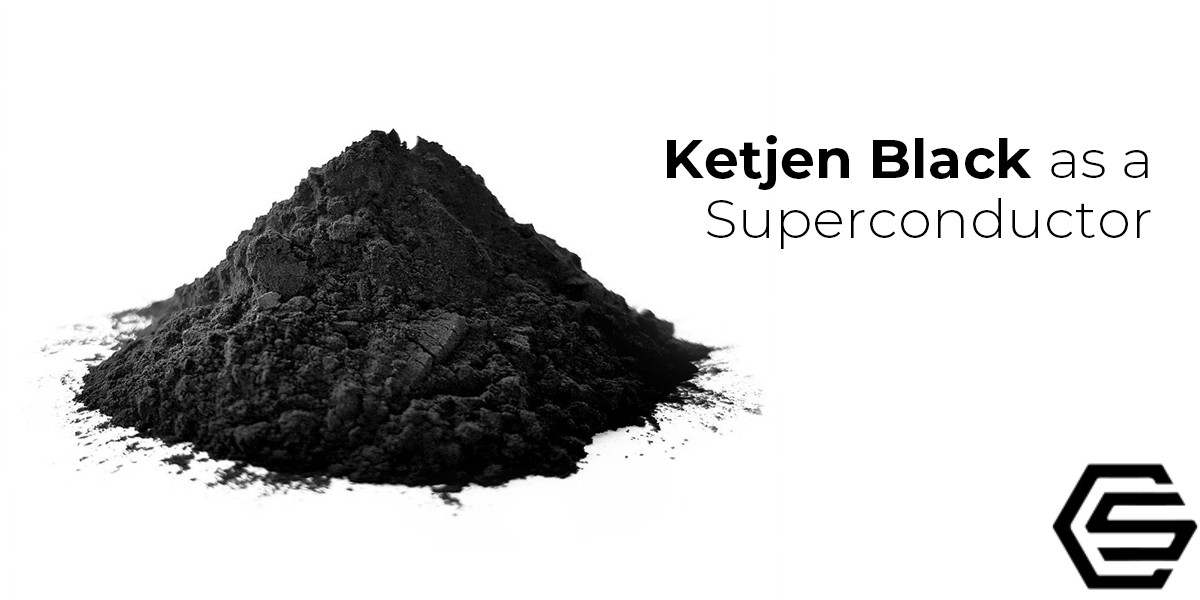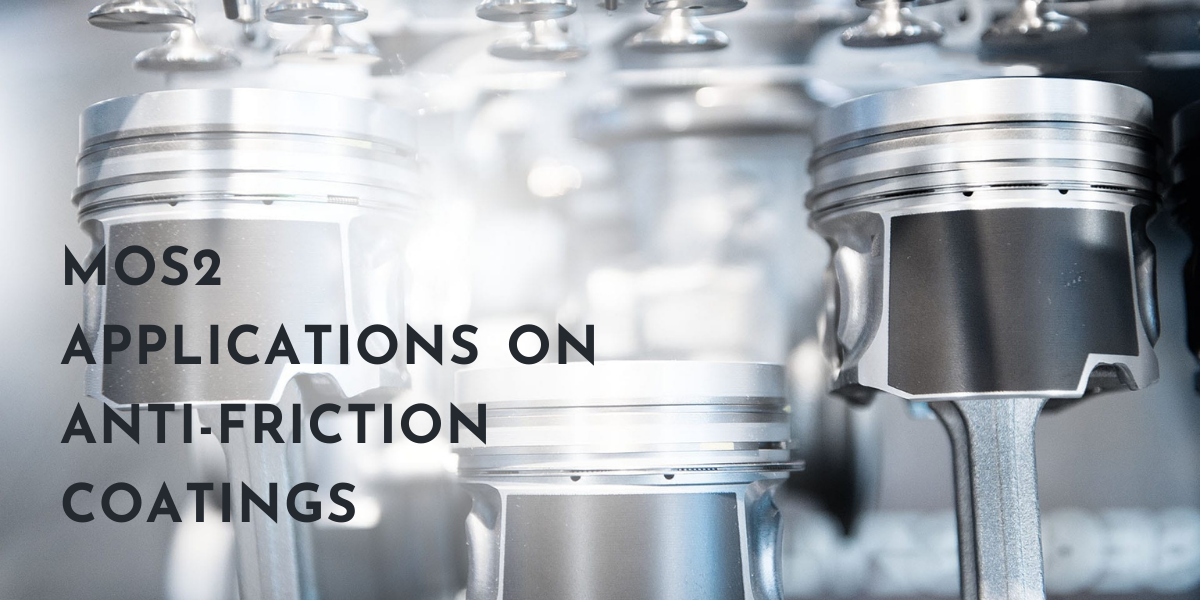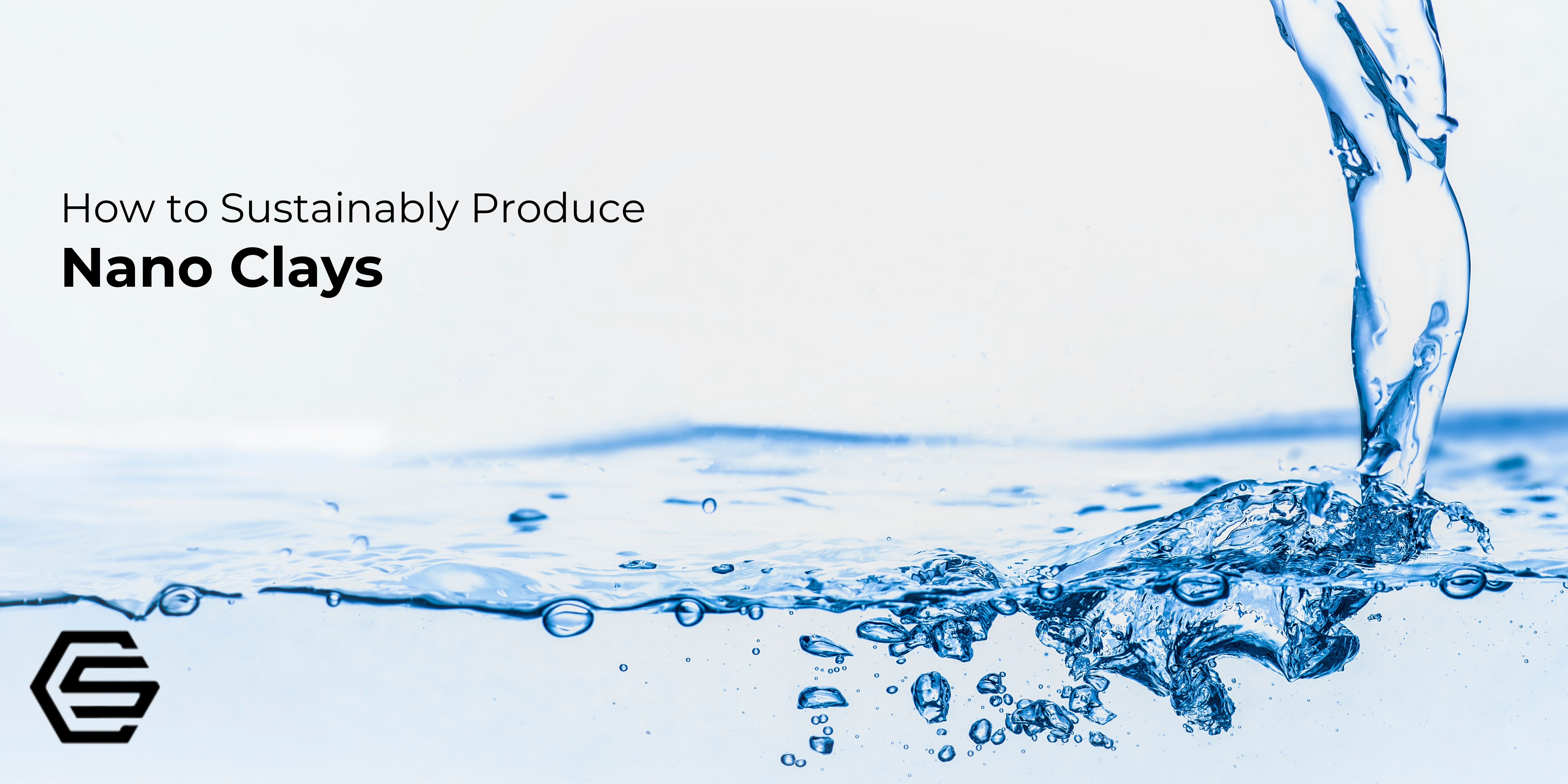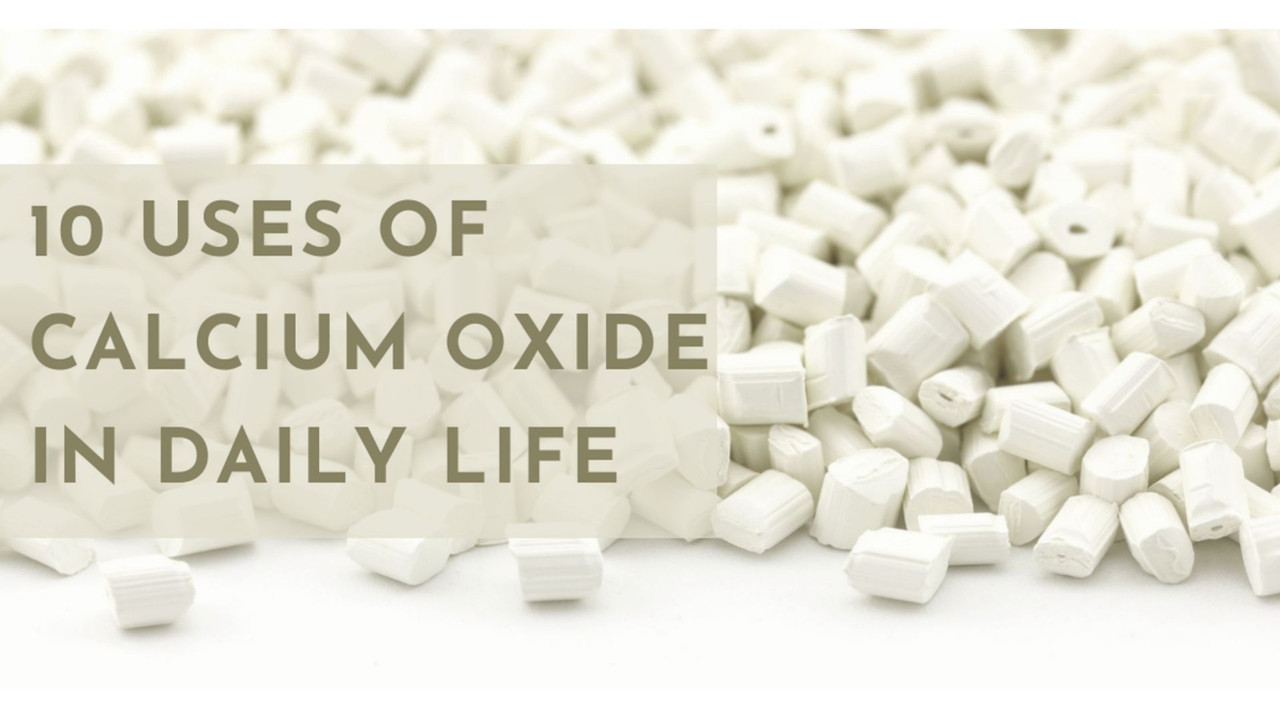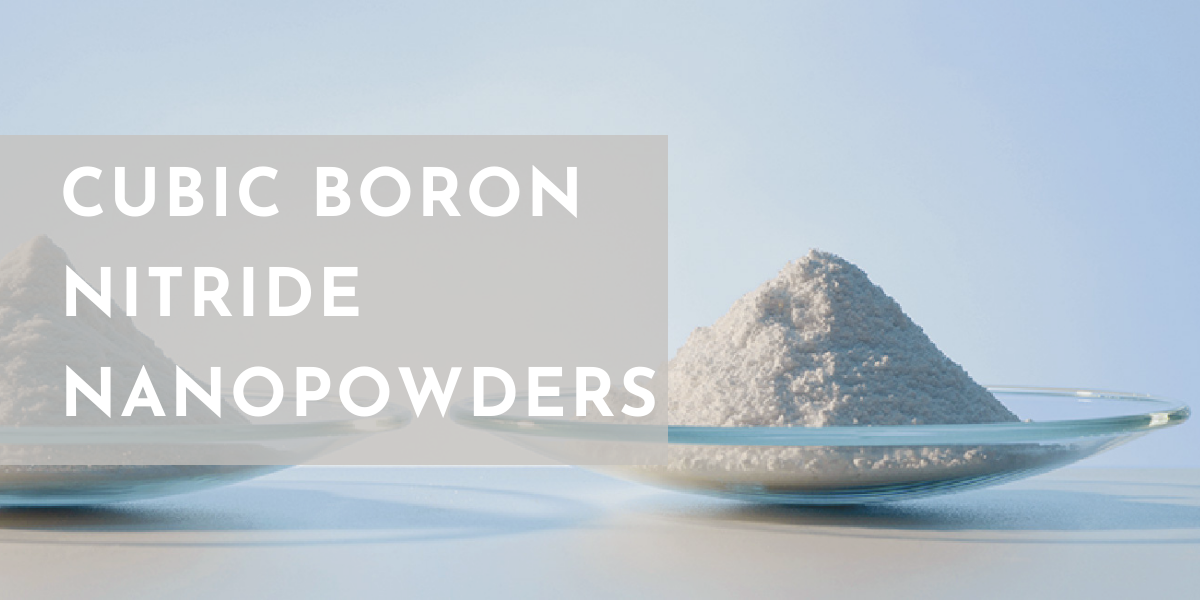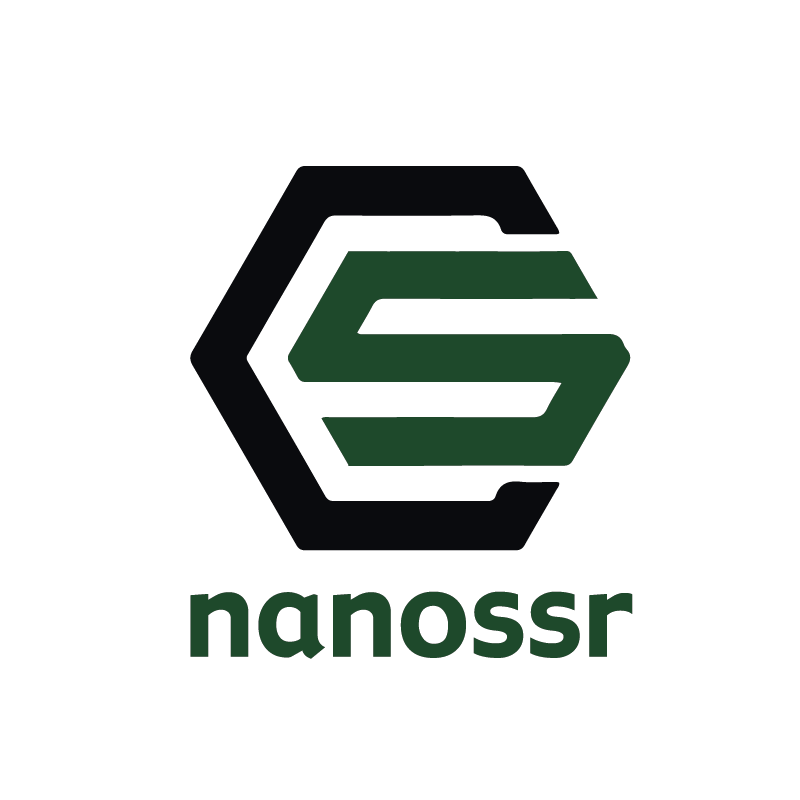Titanium Dioxide (TiO2) Overview
Titanium dioxide (TiO2) is an inorganic compound known for its versatility and wide-ranging applications. It is commonly used as a white pigment in products like paints, plastics, paper, and cosmetics due to its excellent opacity and brightness. TiO2 is also utilized in sunscreens and skincare products as a UV filter to protect the skin from harmful UV radiation. Its photocatalytic properties make it useful for catalyzing chemical reactions when exposed to ultraviolet light, finding applications in air and water purification. Additionally, TiO2 is used in coatings, ceramics, food additives, and pharmaceuticals, contributing to its significance in various industries.
Why Titanium Dioxide?
Titanium dioxide (TiO2) exhibits antibacterial properties due to its photocatalytic activity. When exposed to ultraviolet (UV) light, TiO2 generates reactive oxygen species (ROS), including superoxide radicals and hydroxyl radicals. These ROS are highly reactive and can damage bacterial cell membranes, proteins, and DNA, ultimately leading to the death of various bacteria. TiO2's broad-spectrum antibacterial effect makes it promising for various applications, including self-cleaning surfaces. However, the practical application of TiO2 in masks or coatings depends on factors like UV light intensity, TiO2 nanoparticle concentration, and the presence of organic matter. Ongoing research aims to optimize TiO2-based antibacterial solutions while understanding their limitations for effective infection control.
Process of Coating Surgical Masks with Titanium Dioxide
Coating surgical masks with titanium dioxide (TiO2) involves a multi-step process to achieve an effective and uniform application of TiO2 nanoparticles onto the mask material. Key steps include selecting the appropriate TiO2 nanoparticles, preparing a TiO2 suspension, ensuring the cleanliness of the mask material, applying TiO2 using methods like dip-coating or spray-coating, and then drying and curing the mask to fix the TiO2 nanoparticles. Quality control checks are essential to verify uniform coating, and once confirmed, the TiO2-coated surgical masks can be packaged and distributed. The effectiveness of these masks depends on factors like nanoparticle concentration, coating uniformity, and exposure to ultraviolet (UV) light for activating TiO2's photocatalytic properties. Safety measures are crucial during production to protect workers from nanoparticle exposure. Researchers and manufacturers are continually working to optimize the antibacterial and antiviral properties of TiO2-coated masks.

Figure 1. Face masks and nanotechnology.
Studies and Findings on TiO2-coated Surgical Masks
Studies on TiO2-coated surgical masks have revealed promising findings regarding their antibacterial and antiviral effectiveness. These studies have shown that TiO2-coated masks can inhibit the growth of common bacteria and inactivate viruses when exposed to UV light. The research has also indicated potential benefits in reducing the spread of respiratory viruses. Additionally, TiO2-coated masks exhibit self-cleaning properties, breaking down organic matter. However, practical application depends on factors like coating quality, UV exposure, and the presence of organic materials. Continued research and development are essential to optimize these masks and fully understand their performance under real-world conditions.
Read our blog post on Top-Level Barrier Nano Coatings Against UV and NIR Radiation.
Benefits Beyond Antibacterial Properties of TiO2-Coated Surgical Masks
TiO2-coated surgical masks offer benefits beyond their antibacterial properties. These masks have demonstrated antiviral activity, self-cleaning capabilities, and long-lasting effects, reducing the need for frequent mask replacements. They also hold environmental advantages by potentially reducing mask waste. TiO2-coated masks enhance user comfort, have versatility in different settings, can reduce cross-contamination in healthcare, and contribute to public health by mitigating the spread of infectious agents, particularly during pandemics. However, ongoing research and development are needed to optimize their performance and address practical considerations such as the requirement for UV light exposure.
Potential Concerns and Limitations
TiO2-coated surgical masks offer numerous advantages, including antibacterial and antiviral properties, self-cleaning capabilities, and environmental benefits. However, they also come with potential concerns and limitations. These include dependency on UV light for activation, interference from organic matter, variations in real-world conditions, safety considerations, the need for quality and durability, environmental impact, cost implications, regulatory approval, user acceptance, and pathogen specificity. Addressing these issues through research, development, and safety measures is crucial to maximize the effectiveness and acceptance of TiO2-coated masks in various settings.


